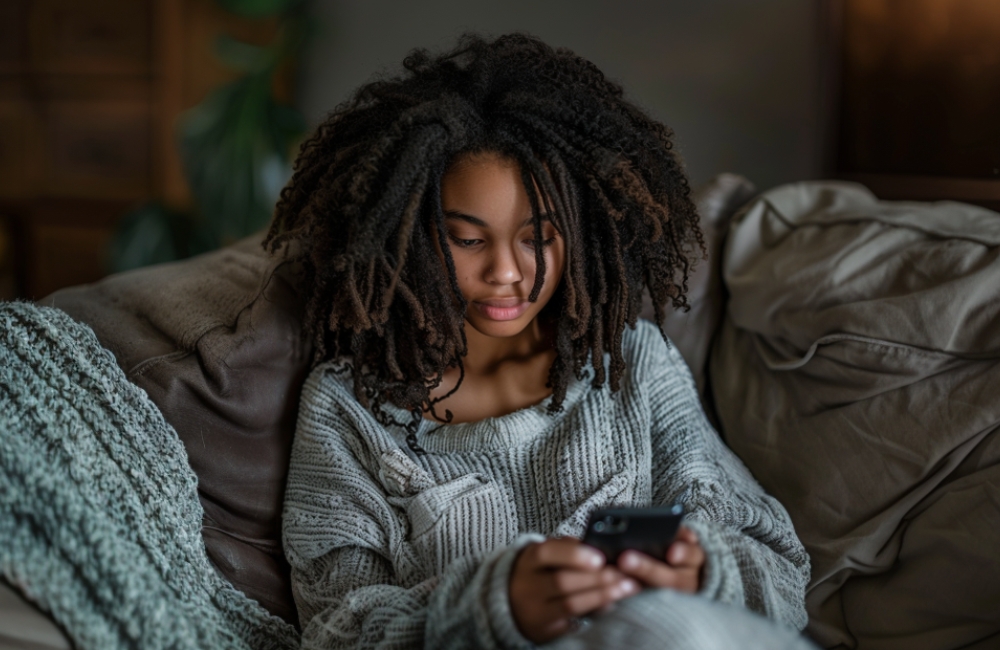In today’s fast-paced digital world, social media has become an integral part of our daily lives. From scrolling through Instagram to catching up on TikTok trends, the urge to stay connected can feel overwhelming. However, this constant connectivity often leads to feelings of anxiety and burnout. If you find yourself glued to your devices, it might be time to consider a digital detox. This article explores what a digital detox is, why it’s essential, and how you can implement one effectively.
What is a digital detox?
A digital detox is an intentional break from digital devices, particularly social media. According to Pam Skop, LMHC, a licensed mental health counselor, a digital detox can vary from person to person. It doesn’t mean you have to eliminate all technology from your life; instead, you can choose to limit your use of specific apps or social media platforms. For example, you might decide to take a break from social media in the evenings or reduce your overall screen time.
Why you should take a digital detox
Many people experience stress and distraction from their digital devices. A digital detox can help alleviate these feelings and improve your overall mental health. Bridget Jones, PsyD, a licensed clinical psychologist, notes that 65% of Americans believe taking a digital detox is crucial for mental well-being. Yet, only 28% have successfully completed one. The challenge lies in finding a detox method that works for you.
How to do a digital detox
Reducing screen time may seem daunting, but experts suggest several strategies to make the process manageable:
1. Establish flexible daily boundaries
Start by setting small, achievable goals. If you typically spend four hours on social media daily, try reducing that time by 20 minutes before bed. Gradually increase your detox time as you become more comfortable.
2. Make yourself less available
Turn off notifications and consider uninstalling apps that consume most of your time. The fewer distractions you have, the easier it will be to stick to your detox. If deleting apps feels too extreme, set reminders to take breaks from your devices.
3. Plan before taking a lengthy detox
Before committing to a longer detox, plan how it will fit into your life. Avoid disconnecting during significant events or deadlines. Define your detox goals, including how long you plan to unplug and which devices you’ll limit.
Signs you could benefit from a digital detox
Recognizing when you need a digital detox is crucial. Here are some signs that indicate it might be time to unplug:
You’re on your phone while spending time with others
If you find yourself scrolling through your phone during meals or conversations, it’s a sign that you may need a break. This behavior can hinder meaningful interactions and connections with loved ones.
You feel burnt out and unable to focus
Constant exposure to digital content can lead to mental fatigue and decreased attention spans. If you feel overwhelmed by the information you consume daily, a digital detox can help restore your focus and efficiency.
You’re comparing yourself to others online
Social media often presents a highlight reel of others’ lives, leading to unhealthy comparisons. If you find yourself feeling inadequate or less accomplished because of what you see online, taking a break can be an act of self-love.
A digital detox is not just a trendy concept; it’s a necessary practice for maintaining mental health in our technology-driven society. By recognizing the signs that you need a break and implementing a detox plan that works for you, you can reclaim your time and improve your overall well-being. Remember, taking time away from screens can lead to more meaningful interactions and a healthier mindset.





